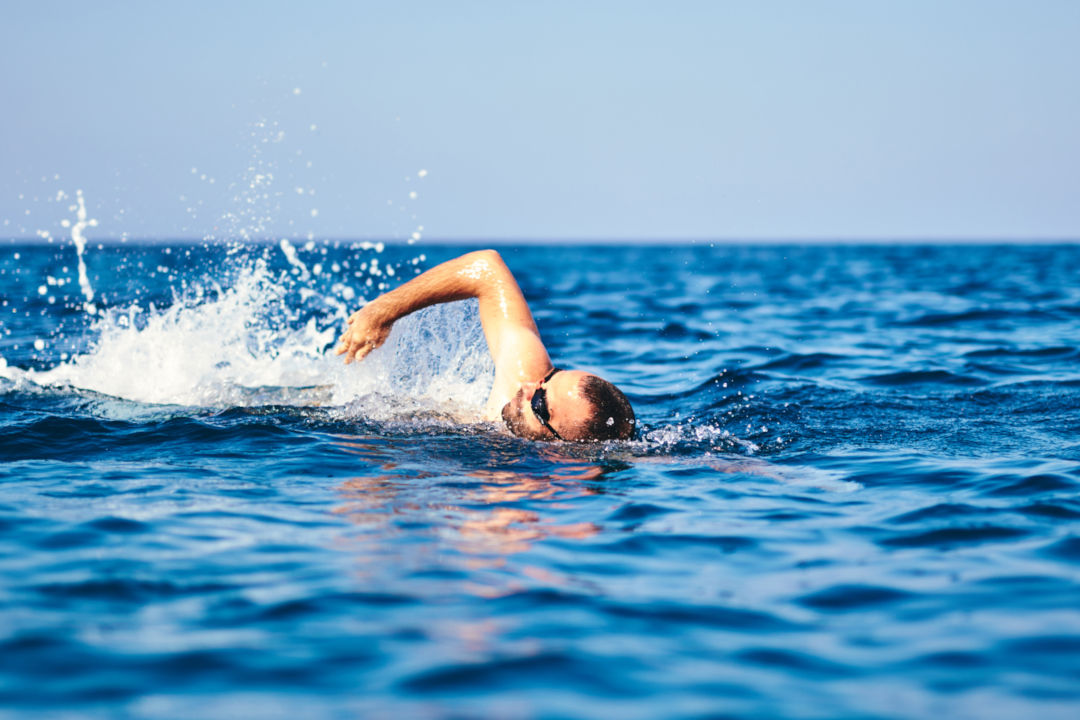Whether it’s a dip in the pool or a swim in the lake, water and summer go hand in hand. But beneath the surface of every splash lies a hidden risk — eye irritation, infections, and long-term vision damage. At Performance Eyecare, we’re committed to helping you and your family enjoy every swim safely. Here’s your essential guide to keeping your eyes protected before, during, and after a swim.
Gear Up: Goggles First
Before diving in, gear up with high-quality swimming goggles that fit well and provide a watertight seal. Proper goggles don’t just enhance your underwater vision — they protect your eyes from chlorine, bacteria, and other contaminants found in both pools and natural bodies of water. If you’re swimming outdoors, choose goggles with UV protection to shield your eyes from the sun’s harmful rays. And remember to clean your goggles regularly to prevent the build-up of grime and bacteria that can compromise both clarity and hygiene.
No Contacts in the Pool
Wearing contact lenses while swimming can lead to discomfort, blurry vision, dryness, and even lens softening. What starts as a refreshing swim could quickly turn into an unexpected visit to the eye doctor. Contacts can trap bacteria between the lens and the surface of your eye, increasing your risk for serious infections like Acanthamoeba keratitis. If swimming with lenses is unavoidable, opt for daily disposable lenses and discard them immediately after your swim. Better yet, talk to your eye doctor about prescription goggles as a safer alternative.
Rinse Right After You Swim
Once you’re out of the water, don’t skip rinsing your eyes. It’s best recommended to have eye irrigation solution, saline, or bottled water on hand to do so. This simple step helps flush out lingering chlorine, salt, or microorganisms that can cause irritation or infections. A quick rinse can make a big difference in maintaining post-swim eye comfort and clarity.
Don’t Swim with Red or Irritated Eyes
If your eyes are already red, itchy, or infected, it’s best to skip your swim session. Swimming with an existing eye condition can not only prolong the problem but also increase the risk of spreading infection to others. Give your eyes the rest they need and consult with your eye care provider if symptoms persist.
Soothe with Artificial Tears
For added comfort, use preservative-free artificial tears before and after your swim. These drops help maintain your natural tear film, especially in chlorinated or salty environments, and reduce dryness or irritation that may result from frequent swimming.
Shower Up: Before and After
A pre-swim shower helps minimize the contaminants you carry into the water, like sweat, oils, and lotions. Post-swim, a thorough wash with soap removes lingering chemicals and keeps your eyes and skin clean. It’s a small but powerful step in preventing irritation.
Know Your Water
Not all water is created equally. Heavily crowded pools may have higher levels of bacteria and irritants, while natural lakes and oceans contain their own microorganisms. Consider the environment when choosing where to swim — and take extra precautions in less-regulated settings.
Extra Care for Little Swimmers
Children’s eyes are especially sensitive, so it’s important to provide them with goggles that fit well, offer UV protection, and are fun enough that they’ll want to wear them. Keep an eye on their habits, teach proper hygiene, and don’t hesitate to consult an eye care professional for personalized guidance.
Protect your vision — and your swim experience — with these simple yet essential habits. At Performance Eyecare, we’re here to help you make every splash a safe one. Schedule an exam today! At Performance Eyecare we put the CARE in Eyecare.

